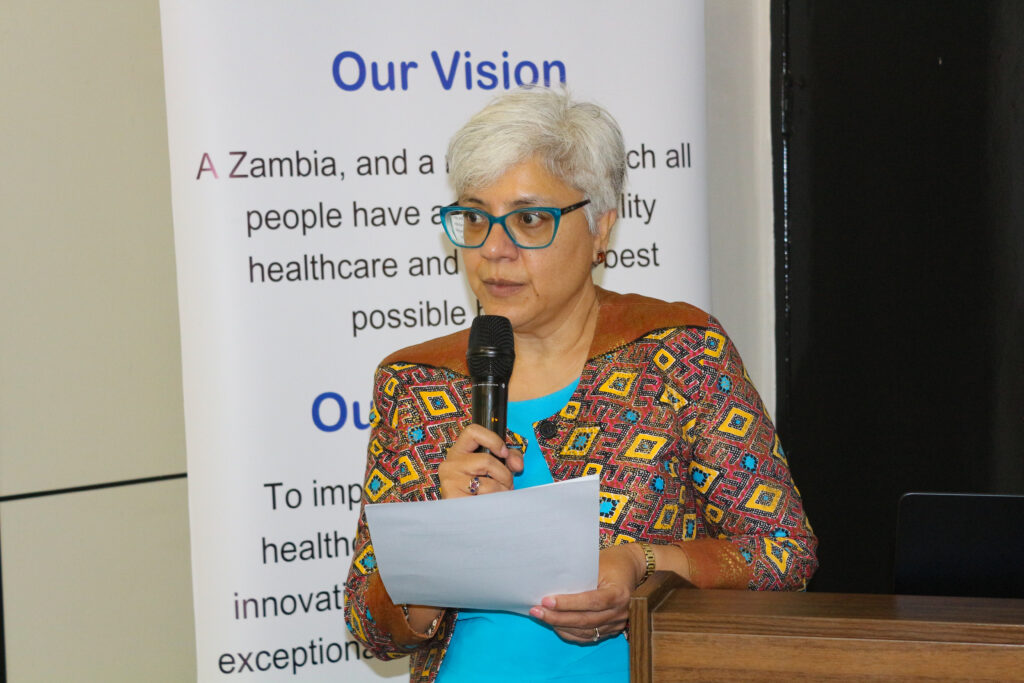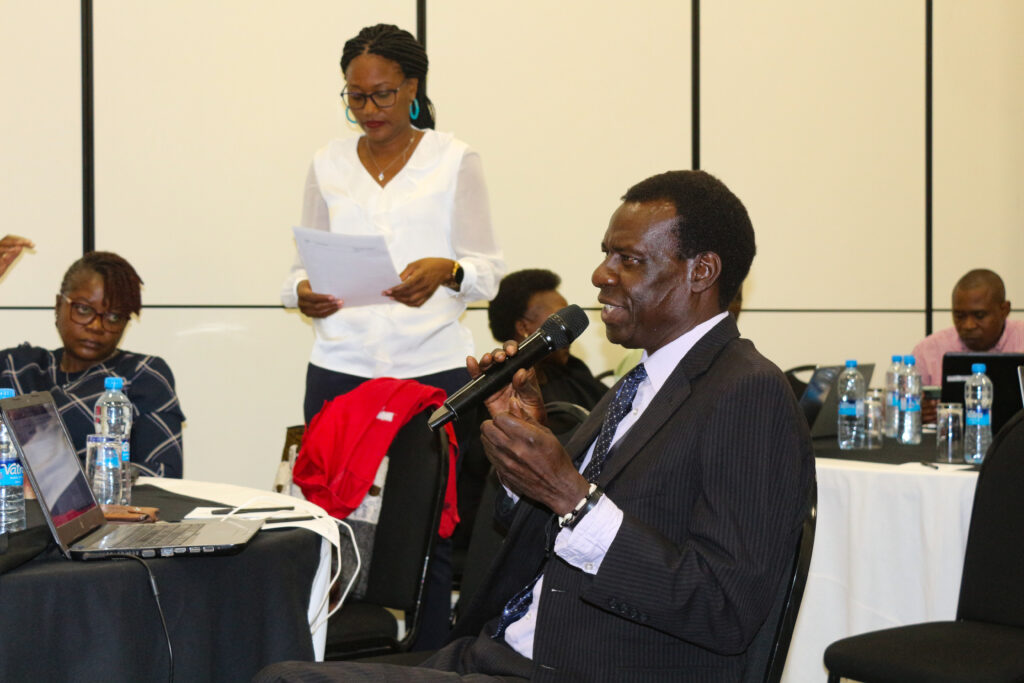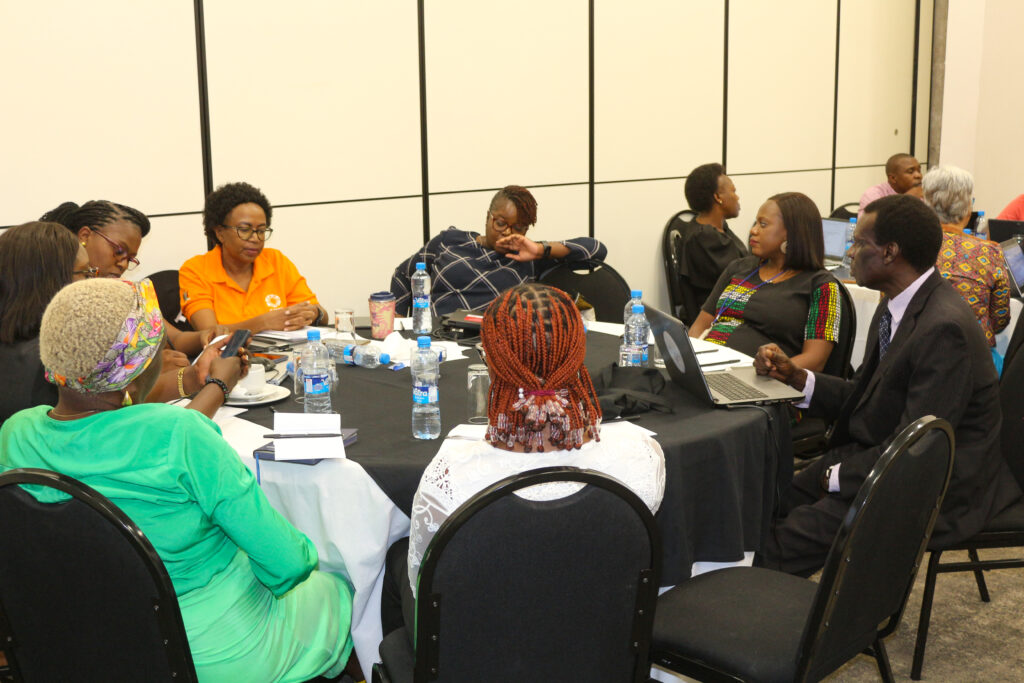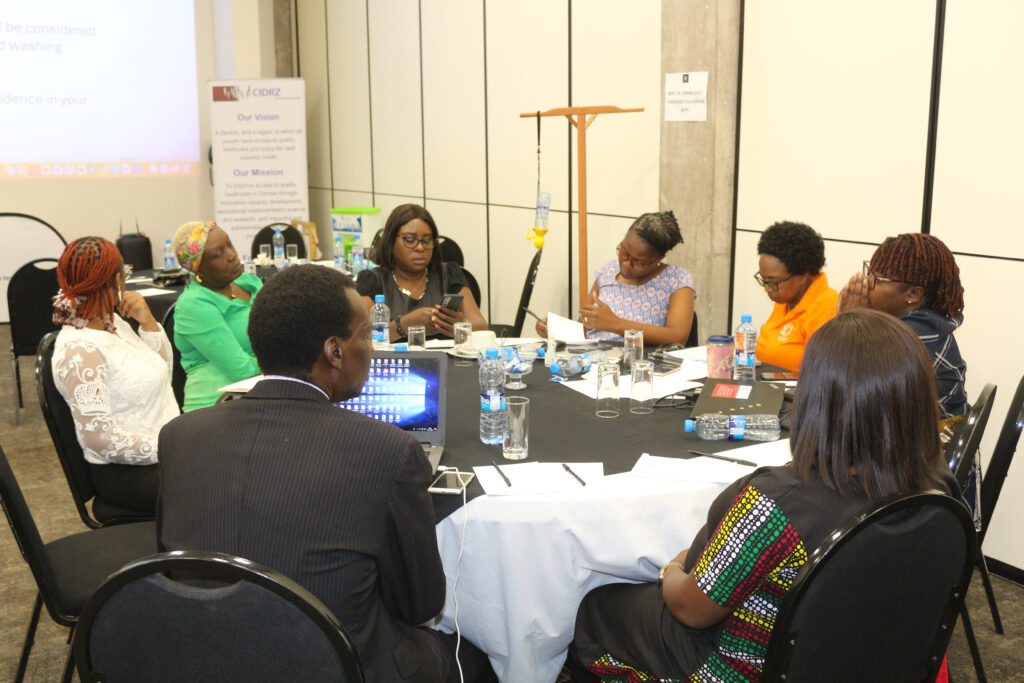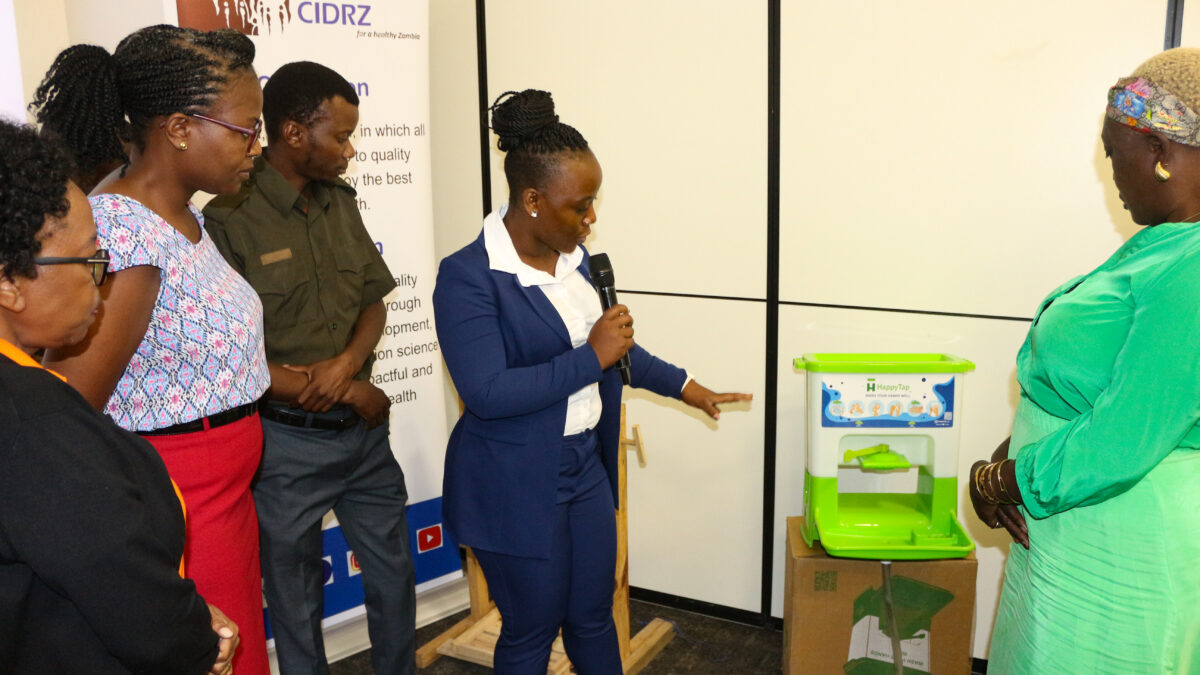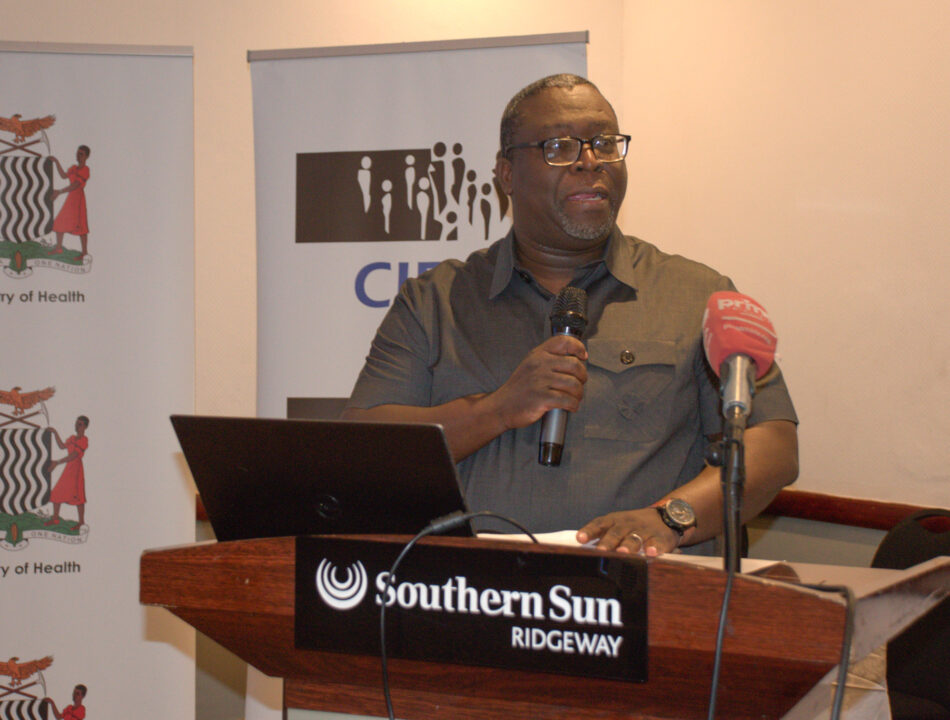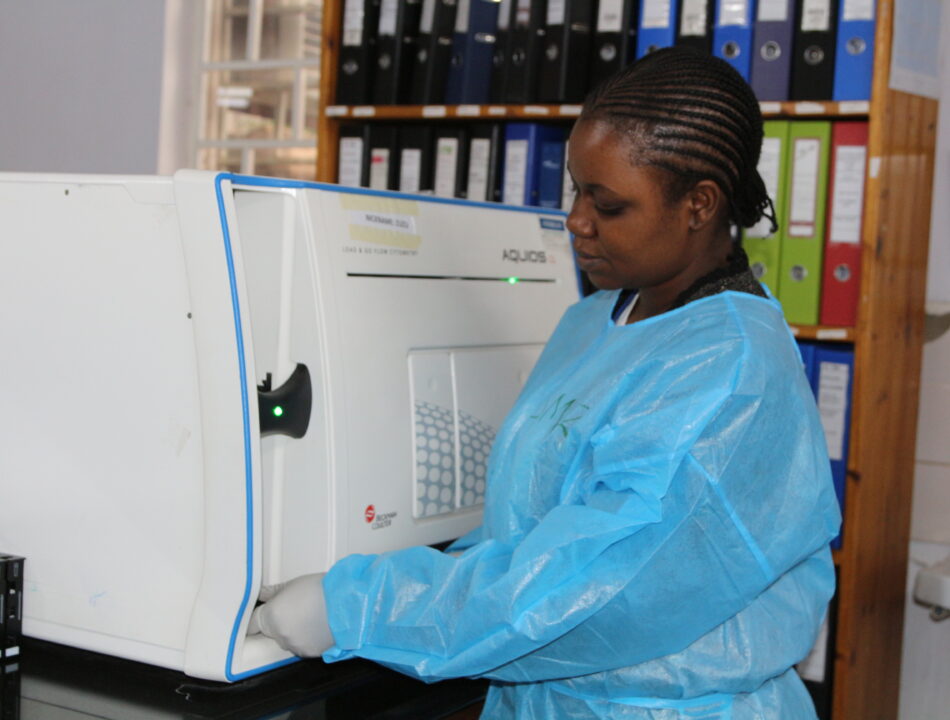- HOME
- ABOUT
- AREA OF FOCUS
- Research
- Enteric diseases & HIV vaccine Research unit
- HIV prevention, care & treatment
- Implementation Science
- Paediatric prevention care & treatment
- Vulnerable Children & Adolescent Health
- Tuberculosis
- Prison’s Health
- Social & Behavioral studies
- New Born & Women’s health
- Primary care and health systems strengthening
- Mental Health
- Hepatitis
- SUPPORT UNITS
- MEDIA
- TRAINING
- TOOLKITS
- Taskpen Toolkit
- Human Infection Studies (HIS)
- Menstrual Hygiene Management (MHM)
- Better Information for Health in Zambia Toolkit – 2017
- CommART Toolkit
- Operation Triple Zero Plus – HIV Literacy Package for Adolescents
- TASKPEN CLINICAL GUIDELINES :Protocols for the Integrated Management of Cardiometabolic conditions in Adult PLHIV
- JOBS
New CIDRZ Study Reveals Key Attributes for Preferred Handwashing Facilities

CIDRZ Hosts Inaugural Person-Centred Care Advocacy Academy in Lusaka
November 28, 2024
CIDRZ’s P2G Programme Significantly Boosts Resilience and Health Outcomes for HIV-Positive Adolescent Mothers in Zambia
November 29, 2024A joint research study conducted by the Centre for Infectious Disease Research in Zambia (CIDRZ) and the London School of Hygiene and Tropical Medicine (LSHTM) has revealed valuable insights into the factors influencing the acceptability of handwashing facilities (HWFs) in peri-urban areas of Lusaka.
The study, which focused on George and Matero townships, revealed that hygienic use, the ability to effectively remove dirt and germs, and water storage capacity are the most important attributes for potential users of handwashing stations.
The qualitative study also found that cost was a significant factor influencing the overall preference for handwashing facilities.
After understanding and listing attributes important to end-users, three of the most preferred handwashing facilities were piloted in homes, and users shared their experiences with using them.
The findings showed that safety and security concerns, particularly related to theft, were major drivers in the placement of handwashing facilities, making most participants opting to keep them inside the house.
Some participants reported that the visibility of the handwashing stations acted as a cue for handwashing. Others chose to place them outside the house to prevent water spillage indoors and encourage both household and non-household members to wash their hands before entering the house.
Speaking at the study’s dissemination meeting, CIDRZ co-researchers Jenala Chipungu, Dr Katayi Kazimbaya, and Katherine Davies from LSHTM stressed that these findings provide essential guidance for policymakers and programme developers on important factors to consider in implementing effective strategies to promote hand hygiene practices.
She noted that while handwashing is a key intervention in public health, it has been neglected in many Water, Sanitation, and Hygiene (WASH) sector initiatives, which typically focus on improving access to clean water and sanitation.
“Handwashing is often overlooked, even though it plays a critical role in preventing infections, including diarrheal and respiratory diseases, and the spread of antimicrobial-resistant germs,” said Dr Sikazwe in a speech read on her behalf by CIDRZ Senior Research Technical Advisor Dr Anjali Sharma.
Dr Sikazwe called for more robust systems to facilitate handwashing, particularly at critical times and stressed the need for greater investment in hygiene-focused programmes.
Meanwhile, Mrs. Winfridah Liwoyo Mulenga, Chief Health Promotion Officer at Zambia’s Ministry of Health, commended the research and underscored the importance of evidence-based interventions. “It’s vital to implement interventions that are supported by solid evidence. We look forward to working with all partners to improve the health of our nation,” she said.
The study comes at a time when handwashing rates in Zambia remain low. The World Health Organization’s Joint Monitoring Programme reports that only 29% of the population has access to a handwashing facility with soap and water. CIDRZ and LSHTM hope to use these findings to help inform future hygiene programmes and public health policies in Zambia and beyond.
